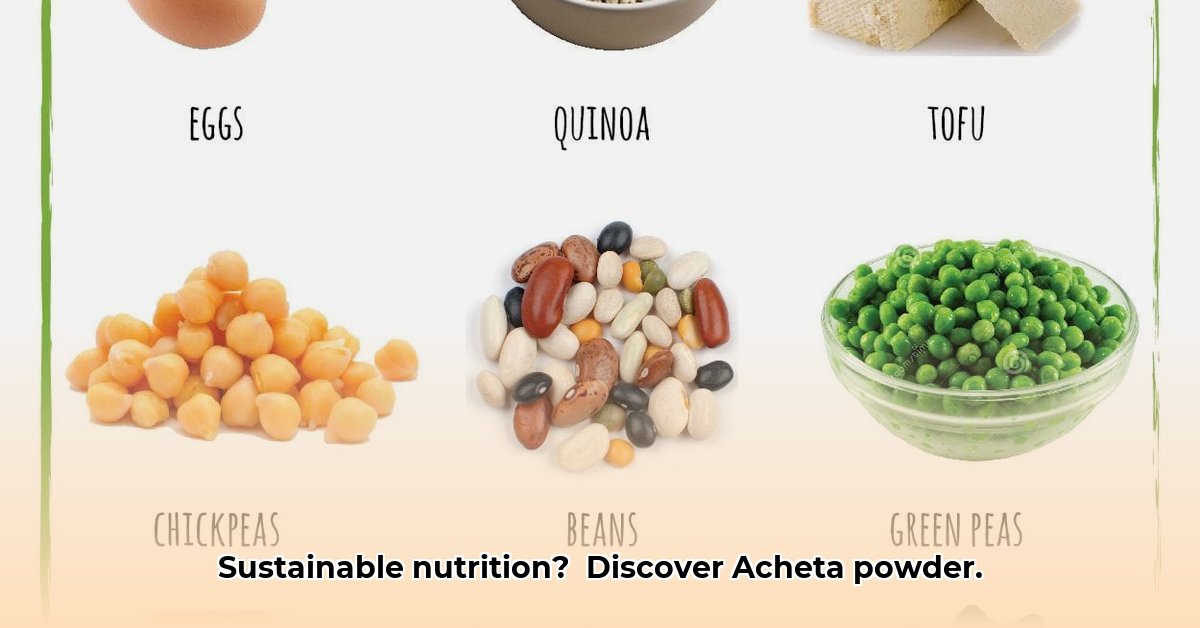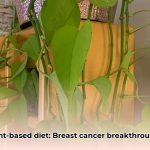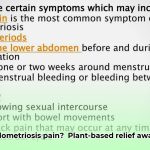Are you seeking a sustainable and health-conscious approach to elevate your protein consumption? Acheta powder, derived from house crickets, presents a compelling option. While it’s generating buzz as a novel food source, does it truly deliver on its promises? This article explores the nutritional value, environmental advantages, and potential challenges associated with Acheta powder. From FDA regulations to consumer acceptance and future prospects, we’ll examine whether this alternative protein is ready to take its place on your plate.
Acheta Powder Products: Revolutionizing Nutrition with Sustainability?
Let’s delve into the world of crickets – specifically, Acheta domesticus, the common house cricket, transformed into Acheta powder. This cricket flour boasts impressive nutritional credentials and a significantly smaller environmental footprint compared to traditional protein sources like beef or chicken. Join us as we explore this intriguing ingredient’s journey toward mainstream acceptance, addressing key challenges such as consumer perception, allergen concerns, and the ever-evolving landscape of regulatory compliance.
Acheta Powder: A Nutritional Powerhouse Unveiled
Acheta powder is a nutritional powerhouse, boasting approximately 65% protein by weight – rivaling, and often exceeding, the protein content of beef or chicken. This protein is complete, providing all nine essential amino acids necessary for tissue repair, muscle building, and overall health. Furthermore, it’s a good source of fiber, promoting digestive health, and essential minerals such as iron and calcium. Many individuals describe its flavor as mildly nutty, making it easily adaptable to a variety of culinary applications.
Here’s a comparative look at the nutritional profile of Acheta powder alongside other common protein sources:
| Nutrient | Acheta Powder (per 100g) | Beef (per 100g) | Chicken (per 100g) |
|---|---|---|---|
| Protein (g) | ~65-70 | ~26 | ~30 |
| Fat (g) | ~13-16 | ~20 | ~10 |
| Carbohydrates (g) | ~8-12 | ~0 | ~0 |
| Fiber (g) | ~8-11 | ~0 | ~0 |
| Iron (mg) | ~6-9 | ~3 | ~1 |
| Calcium (mg) | ~100-120 | ~10 | ~15 |
(Note: These values are estimates, and actual nutritional content can vary depending on factors such as processing methods, cricket diet, and specific product formulations. Always refer to product labels for the most accurate information.)
Acheta powder presents a compelling alternative protein source for individuals seeking both nutritional benefits and environmental responsibility. Does the inclusion of Acheta powder in our diets offer a viable pathway toward enhanced food security and a more sustainable future?
Eco-Conscious Consumption: Minimizing Our Environmental Impact
The compelling case for Acheta powder lies in its remarkable environmental advantages. Cricket farming demands significantly fewer resources compared to traditional livestock agriculture. Crickets require substantially less land, water, and feed to produce an equivalent amount of protein. This translates to a considerably smaller carbon footprint, mitigating greenhouse gas emissions (gases responsible for trapping heat in the atmosphere) and alleviating the strain on our planet’s finite resources. Studies indicate that cricket farming can generate up to 80% fewer greenhouse gas emissions compared to beef production. Reduced land usage also contributes to minimizing deforestation and preserving critical habitats. Emma Pocock, an entomologist specializing in sustainable agriculture, emphasizes that “Insect farming represents a paradigm shift in food production, offering a resource-efficient and environmentally responsible alternative to conventional livestock farming.”
Market Dynamics: Navigating the Evolving Landscape of Insect-Based Foods
While Acheta powder is experiencing increasing interest, it remains a relatively novel food source, and consumer acceptance varies across cultures and geographical regions. Entomophagy, the practice of consuming insects as food, is already deeply ingrained in numerous cultures worldwide. However, it’s still a relatively unfamiliar concept for many Western societies. Overcoming this cultural barrier through education, transparency, and palatable product offerings will be crucial for widespread adoption. The versatility of Acheta powder is a key asset.
Numerous companies are successfully incorporating Acheta powder into diverse product categories, ranging from protein bars, baked goods and pasta to snack foods, supplements, and even pet food. As more consumers discover the nutritional advantages and environmental merits of Acheta powder, its market presence is poised for continued growth. According to a report by Global Market Insights, the edible insect market is projected to exceed $1.5 billion by 2028, driven by increasing demand for sustainable protein sources.
Regulatory Framework: Ensuring Safety and Transparency in Food Production
Food safety and transparent labeling practices are essential for fostering consumer confidence. Regulations pertaining to Acheta powder are still evolving, and in many regions, it’s classified as a “novel food,” necessitating rigorous safety assessments before gaining widespread market approval. Managing potential allergens (substances capable of triggering allergic reactions) is of paramount importance. Individuals with shellfish allergies may exhibit cross-reactivity to Acheta powder due to shared protein structures with crustaceans. Clear and conspicuous labeling is therefore imperative to mitigate potential risks and ensure consumer safety. Dr. Samuel Martin, a food allergy specialist, advises that “Individuals with known shellfish allergies should exercise caution when consuming products containing Acheta powder and carefully review product labels for allergen information.” Regulations vary significantly between countries, underscoring the importance for consumers to diligently examine product labels and familiarize themselves with the specific regulations in their respective regions. Are the existing FDA regulations adequate to address all potential risks associated with Acheta powder consumption, and how are these regulations adapting to the rapidly evolving landscape of insect-based foods?
Challenges and Opportunities: Charting the Course for Sustainable Insect-Based Foods
Despite the promising potential of Acheta powder, several challenges remain. Scaling up cricket farming operations to meet anticipated demand requires substantial investments and innovations in sustainable and efficient farming practices. Achieving price competitiveness with traditional protein sources is also a critical factor influencing broader market adoption. Overcoming consumer hesitancy through targeted education and strategic marketing initiatives is essential to drive demand. Furthermore, ongoing research efforts are focused on optimizing cricket farming and processing techniques to maximize the nutritional quality and enhance the overall sustainability of Acheta powder. What innovative strategies can propel Acheta domesticus flour into the mainstream food supply, and what role will technology play in shaping the future of insect-based agriculture?
Future research endeavors could concentrate on enhancing the efficiency and cost-effectiveness of farming and processing methods. Educational campaigns designed to dispel misconceptions and promote the benefits of insects as a nutritious and sustainable food source are also indispensable. Collaborations between researchers, industry stakeholders, and regulatory agencies will be crucial for developing standardized guidelines and ensuring the safety and quality of Acheta powder products.
Conclusion: A Sustainable Protein Source Poised for Growth
Acheta powder possesses significant potential as a sustainable and nutritious protein source. While challenges persist with regard to market penetration and consumer acceptance, the environmental and nutritional merits are undeniably compelling. As consumer awareness continues to grow and production scales up, Acheta powder is likely to play an increasingly important role in shaping a more sustainable and resilient global food system. The transition from niche product to mainstream staple is underway, and its success will hinge on continued research, strategic investments, and a growing appreciation for the numerous advantages offered by this innovative ingredient.
- Acheta domesticus (house cricket) powder emerges as a promising sustainable and nutritious protein source, although certain challenges need to be addressed.
- Its high protein content and complete amino acid profile are well-documented and offer compelling nutritional advantages.
- Cricket farming boasts a significantly reduced environmental impact compared to traditional livestock agriculture, contributing to a more sustainable food system.
- Consumer acceptance varies, influenced by cultural factors, familiarity with entomophagy, and concerns regarding potential allergenicity.
- Clear and accurate labeling is paramount for fostering consumer trust and ensuring safety, particularly for individuals with shellfish allergies.
- Regulatory frameworks are continuously evolving, necessitating consistent standards for production, processing, and labeling to ensure product safety and quality.
- Plant-based Diet Colitis Remission: Success Stories - December 18, 2025
- Plant Based Diet Breast Cancer: Research-Based Benefits - December 16, 2025
- Plant-Based Diet Ulcerative Colitis Remission: Proven Benefits - December 15, 2025










